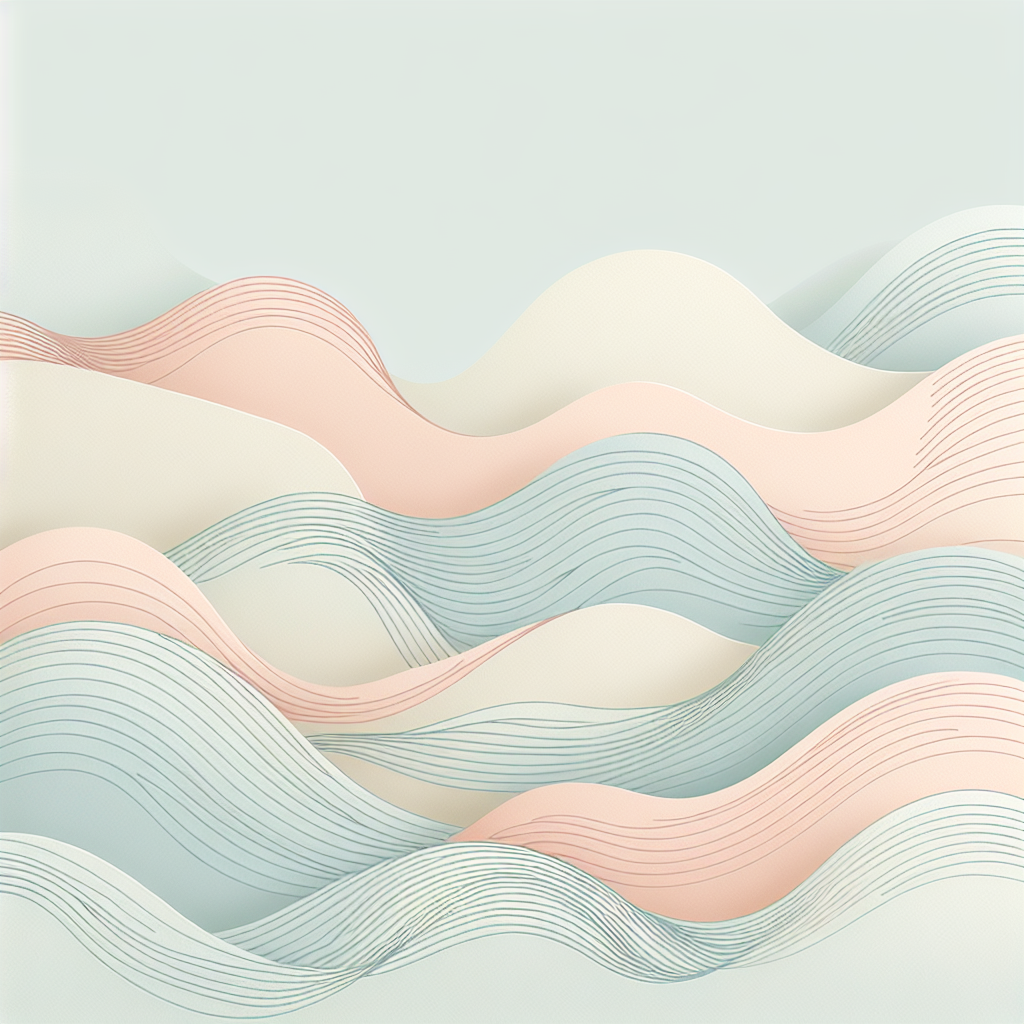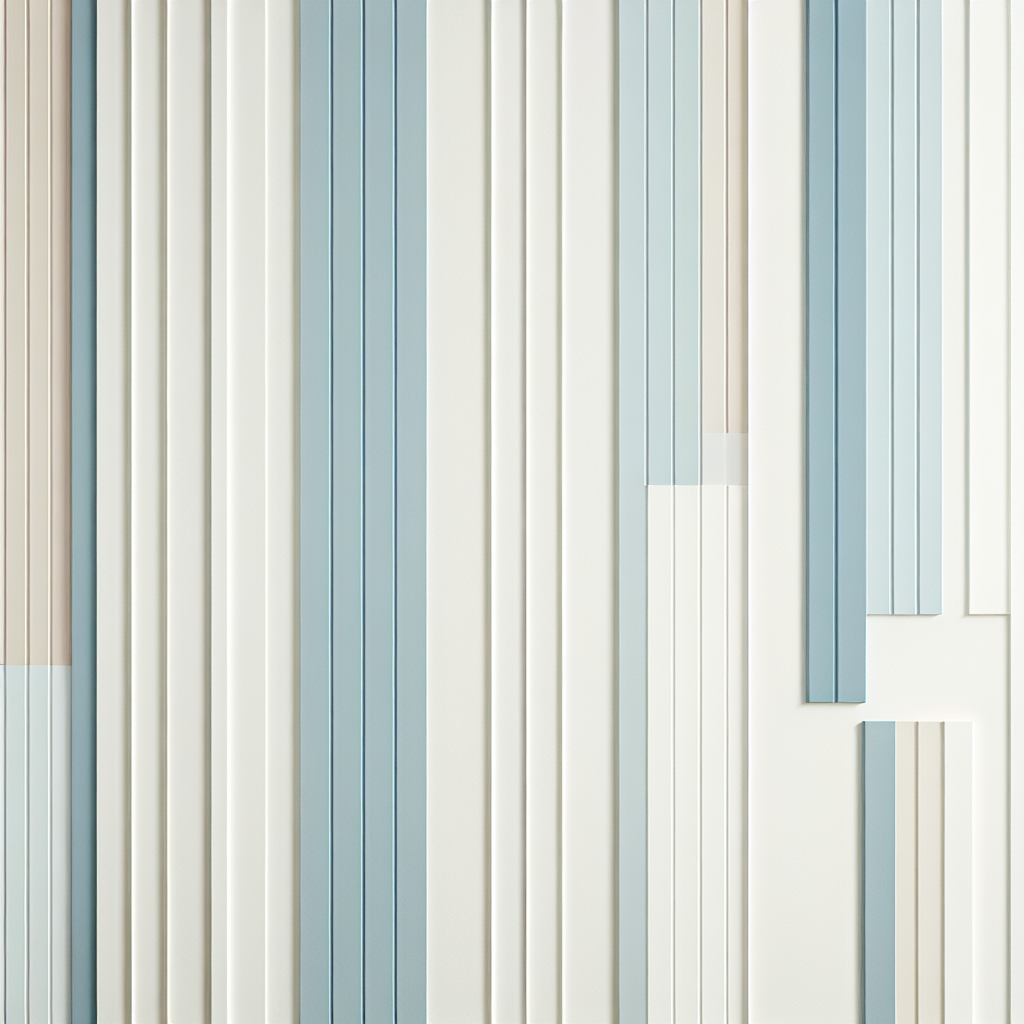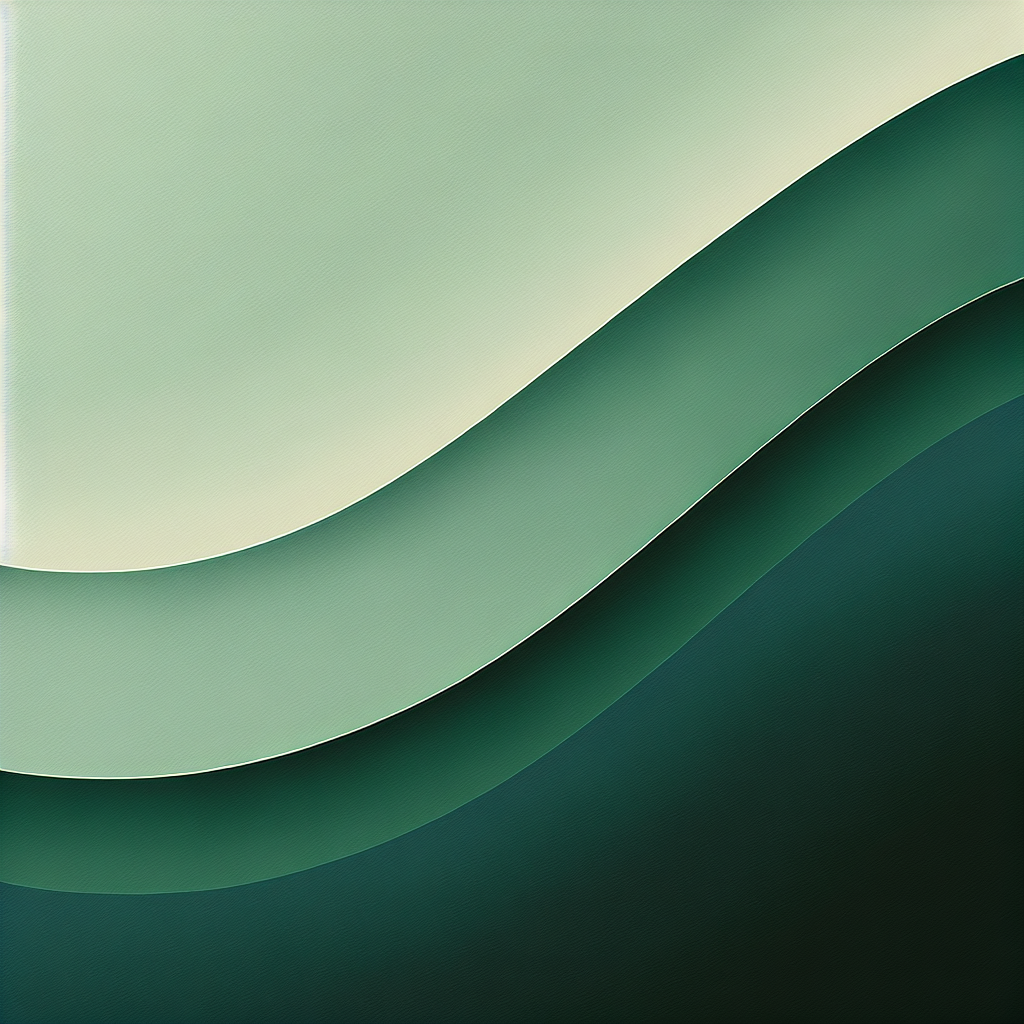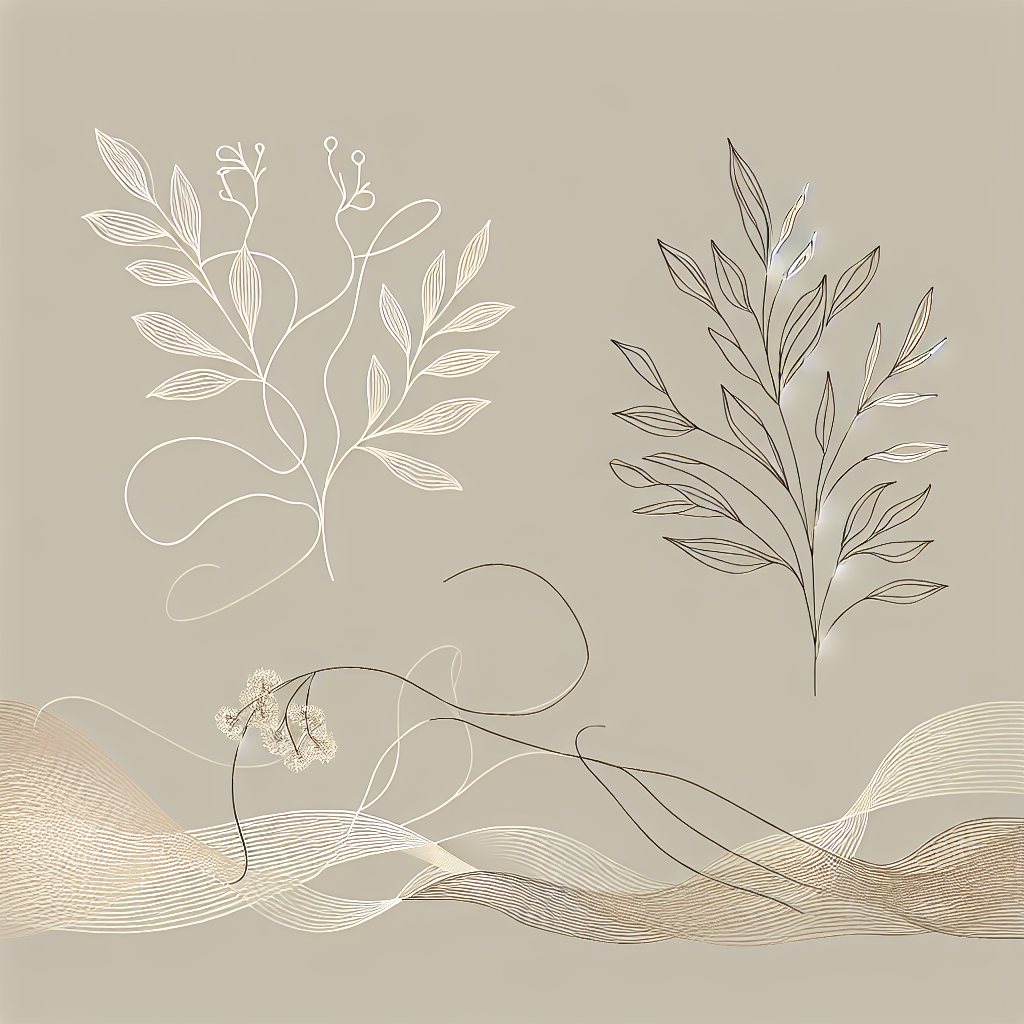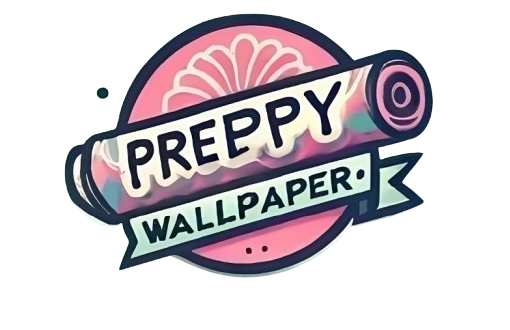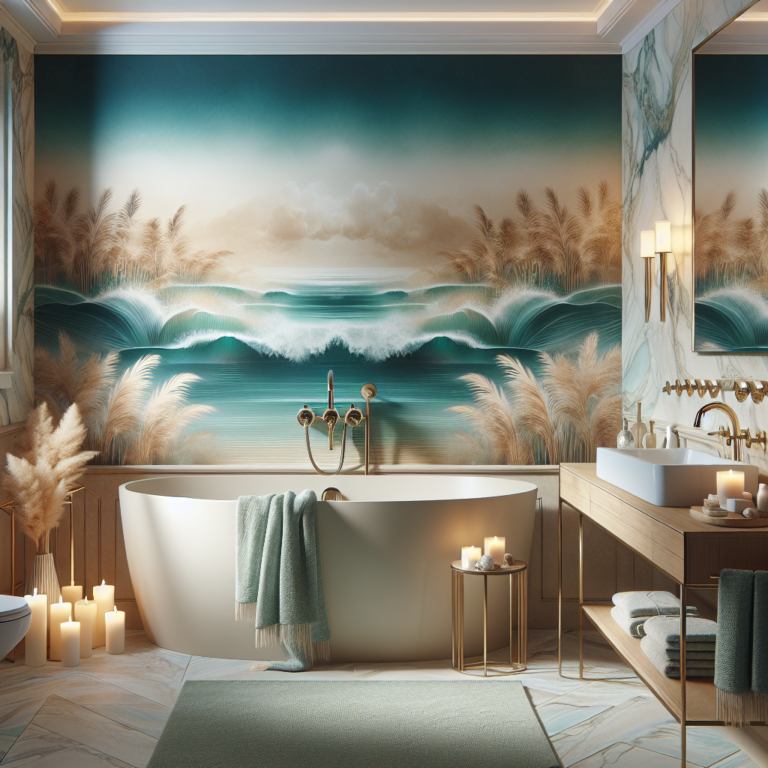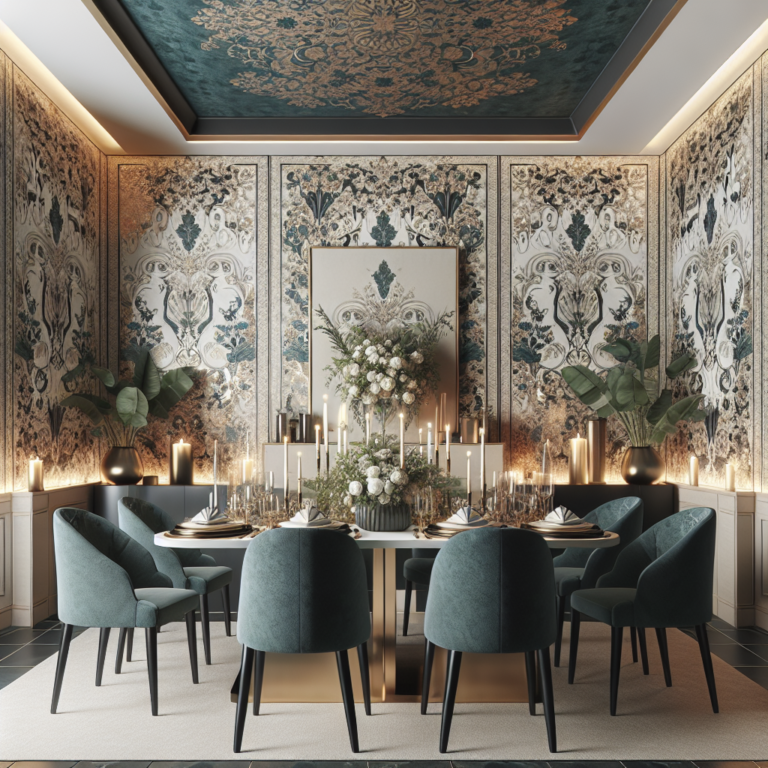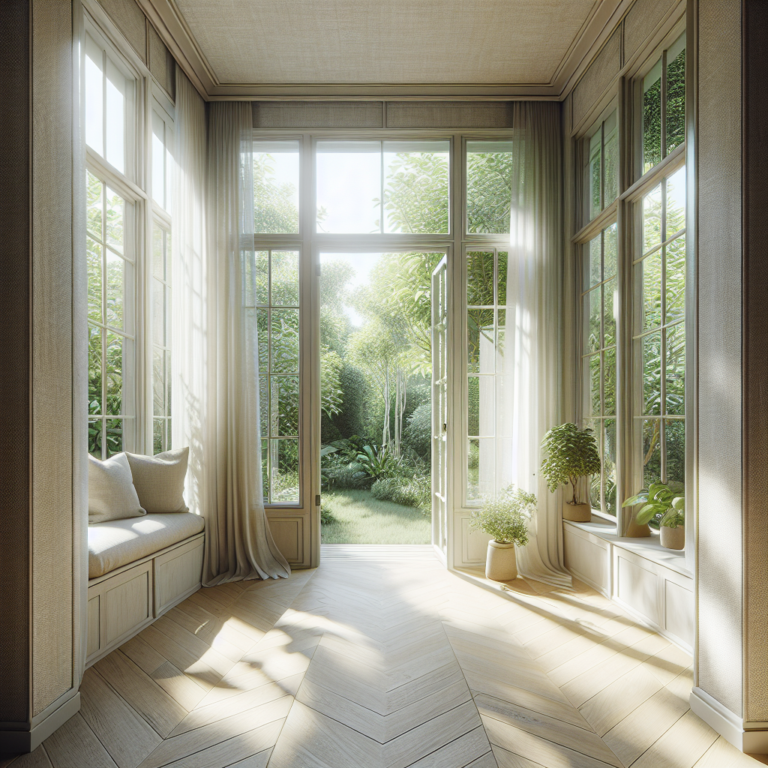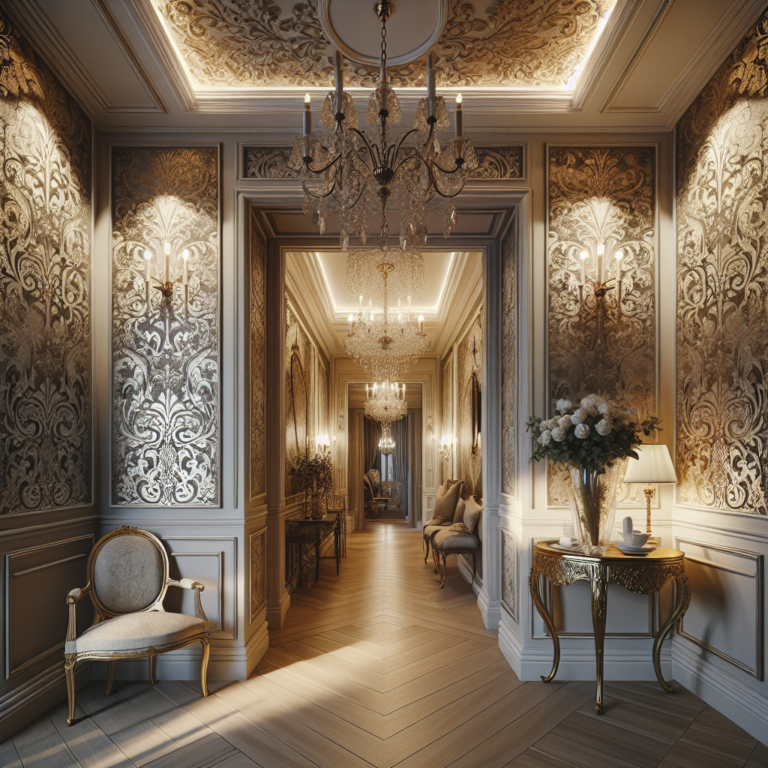10 Minimalist Wallpaper Patterns for a Sleek, Contemporary Look
Understanding Minimalism in Interior Design
Minimalism is more than just a design trend; it’s a lifestyle choice that emphasizes simplicity and clarity. In the realm of interior design, this philosophy encourages us to strip away the unnecessary and focus on the essentials. This is particularly true when it comes to wallpaper, which can serve as a backdrop to a sleek and contemporary space. Minimalist wallpaper patterns provide a perfect canvas to let your furniture and decor shine, creating a harmonious balance in your home.
By embracing minimalism, you’re not just decluttering your physical space; you’re also creating a soothing mental environment. The beauty of minimalist wallpapers lies in their ability to add depth and interest without overwhelming a room. With simple patterns and subtle colors, these wallpapers can foster a sense of calm and organization, making them an excellent choice for modern interiors.
Key Features of Minimalist Wallpaper Patterns
When selecting minimalist wallpaper patterns, there are several key features to consider. First and foremost is simplicity. Often, these designs utilize basic geometric shapes or monochromatic colors that can seamlessly blend with various decor styles. Additionally, the textures play a crucial role; a matte finish can evoke a clean, understated elegance, while subtle textures can add a layer of interest without taking center stage.
Another important factor is color. Minimalist palettes tend to favor neutrals—think soft whites, grays, and beiges—that contribute to a serene atmosphere. However, bold accents in the form of a single pattern can also work wonders, provided they remain in line with the minimalist ethos. Ultimately, the goal is to create a space that feels open and airy, where the wallpaper enhances rather than detracts.
1. Geometric Shapes
Geometric shapes are a staple of minimalist design. Wallpaper featuring simple, repeating patterns like triangles, squares, or hexagons can create a rhythmic backdrop that adds visual interest without being overwhelming. These patterns can be used in various sizes—larger shapes can make a bold statement, while smaller shapes tend to provide a softer touch.
Consider opting for geometric wallpapers in neutral tones for a refined look. They can work beautifully in spaces such as living rooms or home offices, where you want to maintain professionalism while still expressing your style. The key is to balance the intensity of the shapes with the overall decor to ensure a cohesive design.
2. Abstract Patterns
Abstract minimalist designs offer an artistic flair without the chaos of traditional prints. These patterns often feature soft lines and organic shapes that can evoke a sense of movement and flow. An abstract wallpaper can act as a stunning focal point, especially when paired with simple furniture and decor.
One of the best aspects of abstract patterns is their versatility. Depending on the colors chosen, these wallpapers can range from serene and calming to bold and energizing. Use an abstract wallpaper in a dining room or bedroom to create an inviting atmosphere, allowing guests and family members to feel relaxed and inspired.
3. Stripes and Lines
Stripes are a classic choice for minimalism, as they can add a sense of structure to a room. Horizontal stripes tend to create an illusion of wider spaces, while vertical stripes can make ceilings appear higher. This gives you the chance to play around with spatial dynamics, enhancing the overall flow of the room.
When choosing striped wallpaper, consider the width and spacing of the lines. Thinner lines can contribute to a more delicate feel, while thicker, bolder stripes create a modern, eye-catching effect. Pairing striped wallpaper with solid-colored furnishings can help solidify the minimalist look.
4. Nature-Inspired Patterns
Nature-inspired wallpaper patterns can bring the outdoors inside, adding a touch of serenity to contemporary interiors. Look for designs featuring subtle leaf motifs, waves, or natural textures that evoke a sense of calmness. These patterns often work best in spaces where relaxation is key, such as bedrooms or reading areas.
By integrating nature-inspired minimalism into your home, you can create a tranquil environment that promotes wellness. The key is to maintain the color palette soft and muted to ensure that the wallpaper enhances rather than dominates the room’s aesthetic.
5. Monochrome Patterns
Monochrome patterns involve using only one color in various shades and tints. This design choice is particularly effective in minimalist interiors because it creates a cohesive look while maintaining visual interest. From subtle textures to bold designs, monochrome wallpapers can fit seamlessly into your contemporary space.
The beauty of monochrome patterns is their ability to adapt to changing decor styles. As your taste evolves, a monochrome wallpaper can easily complement various colors and materials introduced into your home. It’s a smart investment for those who love versatility.
6. Textured Subtlety
Textured wallpapers, featuring soft weaves or embossed patterns, are a fantastic way to achieve a minimalist aesthetic without sacrificing depth. These subtle textures can add just the right amount of complexity to a space without overwhelming the senses. This makes them ideal for creating a sophisticated yet contemporary atmosphere.
To get inspired, think about using textured wallpaper in entryways or behind headboards. It draws the eye and invites interaction, challenging the notion that minimalism must be entirely flat or predictably simple. While maintaining the minimalist ethos, textured wallpapers offer a tactile experience that can make any space feel inviting.
7. Soft Floral Prints
When it comes to floral prints, many think of busy, colorful designs that clash with minimalism. However, soft floral patterns in muted tones can create a beautiful, serene backdrop that enhances a contemporary space. These wallpapers maintain the simplistic approach of minimalism while adding a touch of nature-inspired elegance.
Opt for delicate designs that emphasize the shape and form of flowers without overwhelming the viewer. In areas such as bathrooms or bedrooms, these soft floral prints can evoke feelings of tranquility and comfort, making them perfect for creating restful spaces.
8. Solid Colors with a Twist
Sometimes, the simplest approach is the most effective. Solid color wallpapers can create an effortlessly chic look, especially when chosen in deep hues or unexpected colors. Think about rich shades like navy blue or emerald green that can add sophistication and personality to a space while still adhering to the minimalist principles.
Be playful with your choices; a bold solid color wall can serve as a backdrop for an eclectic mix of furnishings and accessories, allowing them to shine. You can use decor to create layers while ensuring that your solid color wallpaper serves as a calm and centered anchor within your interior design.
Conclusion
Minimalist wallpaper patterns can dramatically transform your living spaces, infusing them with a sleek, contemporary feel. From geometric shapes to nature-inspired motifs, there’s a design for everyone looking to simplify their space without sacrificing style. As you select your wallpaper, consider the key features of minimalism, including simplicity, subtlety, and a harmonious color palette. With the right wallpaper, you can create an inviting and balanced environment that reflects your personality and enhances your home.
FAQs
1. Can minimalist wallpaper be used in small spaces?
Absolutely! Minimalist wallpaper, particularly in light colors and subtle patterns, can make small spaces appear larger and more open. Choosing the right pattern can help create a more expansive feel.
2. How do I choose the right wallpaper for my minimalist design?
Focus on simplicity and cohesion. Choose wallpapers with soft patterns or monochrome designs that complement your existing decor. Ensure the colors are neutral or subtle to maintain a calm atmosphere throughout your space.
3. Are there specific materials recommended for minimalist wallpaper?
Yes, look for high-quality materials like vinyl or non-woven paper that can provide durability and easy maintenance. Textured options can also add an understated elegance without disrupting the minimalist aesthetic.
4. Can I layer other decor elements with minimalist wallpaper?
Certainly! Minimalist wallpaper serves as a perfect canvas for layering furniture, artwork, and accessories. Just ensure elements are kept simple and avoid overcrowding to maintain an airy feel.
5. How often should I update my minimalist wallpaper?
The frequency of updates depends on personal preference, but a good rule of thumb is every 5-10 years. Opt for timeless designs and colors that reflect minimalism and will continue to complement your home over time.
Below are some great examples of these types of designs: